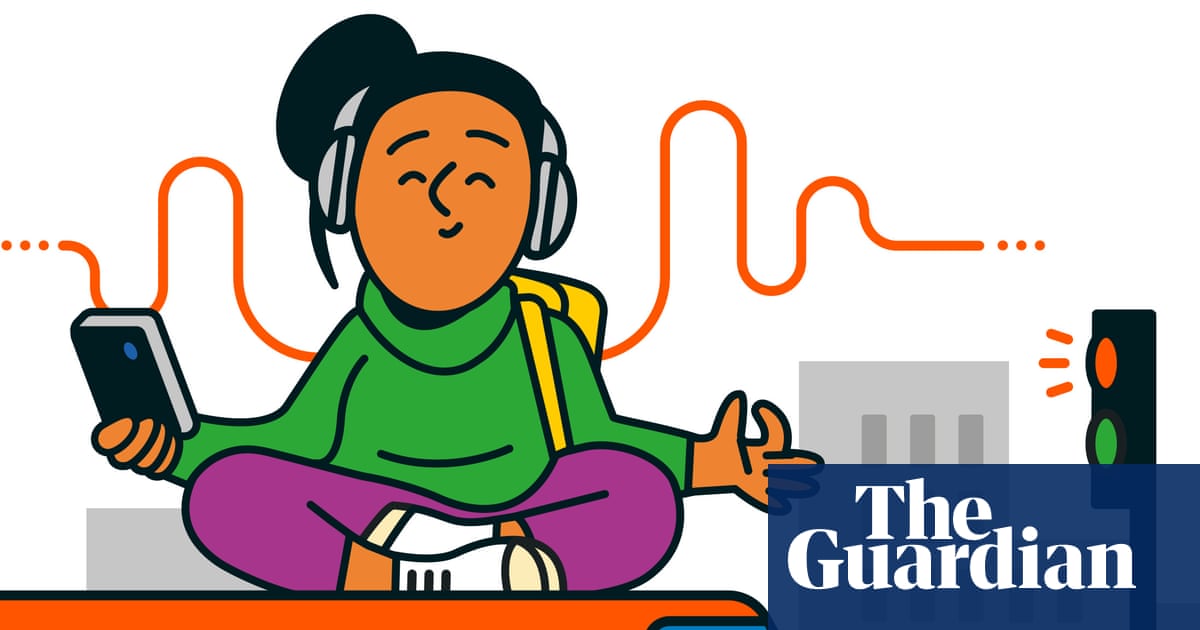My family has never been closer to the brink of collapse than when we got a puppy. We spent hours reading articles and watching videos about puppy training, and were constantly arguing about the right way to potty train him or get him to stop barking.
Every new piece of information seemed to contradict what we’d already learned – never scold him! Scold him! – but one thing was certain: make one wrong move and you will ruin your dog and your life forever.
We had fallen into a common trap.
“The No 1 mistake people make [when training] is thinking, I have to make my dog be perfect and sit all the time, instead of remembering why we got a dog and that we’re meant to have fun together,” says Amanda Gagnon, a zoologist, behavior consultant and dog trainer in New York City.
Training is how a dog and a human learn to communicate with each other and build a relationship, says Gagnon. This is essential to a dog’s safety and happiness, but it doesn’t need to be a joyless chore.
We talked to experts about how to start training your dog – in a way that won’t make you lose your mind.
Manage expectations
Between social media, Lassie reruns and basic perfectionism, humans can sometimes have unrealistic standards for dogs.
“A lot of people get stuck on the Instagram-perfect dog that is always happy and never has negative emotions,” says Alex Sessa, the owner and head trainer of Peach on a Leash in Atlanta.
But dogs are individuals with different personalities and needs. Maybe you wanted a dog that accompanies you to the farmer’s market every Saturday, but crowds make your dog feel stressed.
That’s not a problem, says Sessa – people just need to adjust their expectations accordingly. “That’s still a great dog. There’s nothing wrong with the dog that doesn’t want to go everywhere with us,” she says.
And expecting your dog to always be perfectly calm can lead to greater behavioral trouble down the road, says Gagnon.
“When we don’t give our dogs outlets to express themselves as dogs – meaning barking and running and being bananas in general – those needs get suppressed, and when that happens, it’s like a powder keg that’s going to explode at any moment,” she says.
Give them time to settle in
Whether you’re bringing home a puppy or an adult dog, experts agree it is important to give them plenty of time to acclimate.
“Don’t jump into too much obedience right away,” Sessa says. “We don’t want the dog to immediately feel like we’re barking commands at them and asking them to do a million things.”
Adult dogs in particular can take up to three months to settle into a new home and show their true behavior pattern, says Ciera Moberg, a certified dog behavior consultant and co-founder of Instinct Dog Behavior & Training in Washington DC. The way your dog acts the first day you bring them home might be completely different than the way they act on day 30.
Once your dog is comfortable and you have a better understanding of their personality – what they enjoy, what makes them nervous – it will be easier to figure out how you want to focus your training.
Figure out what commands your dog really needs
Most people don’t need to teach their dog as many commands – some trainers call them cues – as they might think.
“You only absolutely need two cues,” says Gagnong. “You need ‘sit’, and you need ‘come’.”
Sit. When a dog is sitting, “there are very few behavioral problems they can exhibit,” says Gagnon. “This is about getting them into a calm position.”
To teach a dog to sit, say the word and then use a treat to get them into a sitting position, Gagnon says. Usually this can be done by showing them a treat and then moving it over and slightly behind their head, so when they track it with their nose, their head moves up and back and their rear drops.
Come. A recall cue is essential for safety. “Teaching a dog to come when called is about preventing them from running off into the road or into a dog fight,” says Gagnon.
To teach a dog to come, you start by standing close to them, saying the cue, and giving them the treat when they come to you. Then you take a step back, and do the same thing. Over time, you call the dog from a greater and greater distance.
Moberg says she also likes to teach dogs “touch”, where their nose presses into the palm of your hand.
“It allows you to move the dog without having to physically manipulate their body,” she says.
after newsletter promotion
To train this, say the cue, hold an open hand out at snout level, and when your dog touches it with their nose, give them a treat. Repeat.
Besides basic safety commands, think about training functionally, Sessa says. What is important for you and your dog’s life together? Maybe your dog never needs to be able to lie down, but they need to be able to walk well on a leash. “So focus on that,” says Sessa. “There’s no one-size-fits-all training regimen.”
There’s no need to spend hours on training. Sessa says she usually suggests her clients work with their dogs for no more than 10 to 15 minutes a day.
A lot of people think socializing a puppy means introducing them to as many other dogs as possible, says Gagnon. It’s actually a much broader task. “It’s about introducing them to everything that’s going to be a part of their world in a positive way,” Gagnon says.
If you live in a loud, busy city, for example, it is important to help your puppy get used to loud city sounds. But don’t overdo it.
“It’s not good socialization to take a puppy and put it down right next to a jackhammer,” says Gagnon. If a puppy seems scared or like they’re trying to hide, it is important not to push them or make them uncomfortable.
More from How to start:
“You can put them two blocks away from the jackhammer and give them a treat while they’re hearing that sound, and that’s good socialization.”
“Food is a great way to help your puppy feel better about things,” says Sessa. For example, if they’re meeting new people, have the strangers toss them a treat. “That helps them create a positive association,” she adds.
Experts also suggest enrolling your dog in puppy classes or puppy social hours. However, poorly managed puppy groups can do more harm than good. A well-run class, Sessa says, will be small, have the dogs separated by size and collect the dogs’ vaccine records. It should also be moderated by a certified dog trainer.
Know when to call in a pro
At-home training can be beneficial, but in some situations, it is best to get help from a trainer.
“If there’s anything dangerous, if there have been bites that have resulted in punctures, call a professional,” says Gagnon.
There’s no need to wait until your dog is fully grown. In particular, if a puppy is having issues with biting, Gagnon suggests reaching out to a trainer, even just for a single session. Remote options are often available. “Half an hour online or with phone support can be relatively inexpensive compared to the costs of an aggression problem down the road,” she says.
Professionals can also be helpful when dealing with anxious dogs, because anxiety “can be so case specific”, says Gagnon. For instance, you might think your dog is suffering separation anxiety, but your dog could be stressed about something else. A trainer can observe “and tell you what you’re dealing with”, Gagnon says.
Finally, it’s important to pick a qualified behavior consultant or dog trainer. Sessa recommends looking for professionals who are credentialed with the Certification Council for Professional Dog Trainers (CCPDT) or the International Association of Animal Behavior Consultants (IAABC).
New dog owners can easily become overwhelmed by all the information and training options available, Sessa says. “Try not to get too caught up with what you’re seeing online. Those people haven’t interacted with your specific dog.”

 3 months ago
55
3 months ago
55

















































